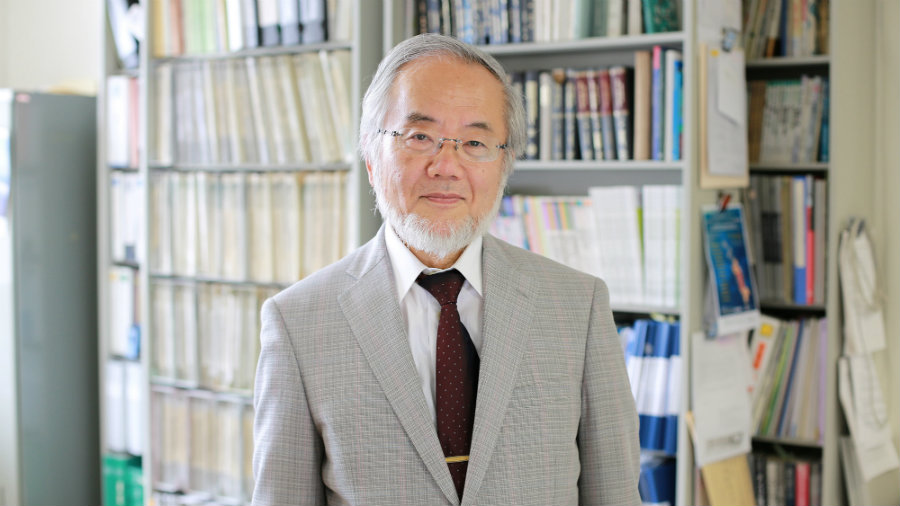Norway – Japanese Yoshinori Ohsumi has been awarded the Nobel Prize in medicine for his work on cellular components.
Ohsumi was selected for his “discoveries of mechanisms for autophagy,” according to the Nobel Assembly at Karolinska Institutet. His work has focused on the ways the body breaks down cells to re-use part of them.

Autophagy, or eating yourself
The word autophagy means “self-eating” and is composed of the Greek word “auto” (self) and “phagein” (to eat). Autophagy emerged during the sixties, when scientists found out that a cell could destroy itself by forming membranes around itself, creating “sack-like vesicles” that then are transported to “recycling” compartments, in which the cell will be disintegrated.
However, researchers did not know much about this process until Ohsumi began investigating it in the nineties. The Japanese cell biologist used baker’s yeast to identify which genes were necessary for the autophagy process.
From then on, he discovered parallelisms between the underlying mechanisms in yeast and those in the human body.
Ohsumi’s discoveries
Ohsumi’s research has opened new paths regarding the scientific understanding of how human cells “re –use” themselves. This aids researchers in several physiological processes, like the body’s response to infection or how the body adapts when facing starvation.
“Every day we need to replace about 200-300g of protein in our bodies. Every two to three months, every protein in our body turns over. Because of autophagy, these 200-300g of proteins are made. We are eating proteins every day, about 70g, but that’s not enough to take care of the requirement to make new proteins. Because of this machinery, we’re able to rely on some of our own proteins, maybe the damaged proteins or the long-lived proteins, and they are recycled with this sophisticated machinery so that we can sustain and we survive,” has claimed Juleen Zierath, a member of the Nobel committee.
Ohsumi’s discoveries are important to the scientific community because it will help doctors understand what happens in the body during severe infections or diseases, including Parkinson’s, diabetes and cancer.
The Nobel Prize
Swedish inventor Alfred Nobel, known for discovering dynamite died in 1896. His last will stated that he wanted his personal fortune to be used to create several prized for those who “greatest benefit on mankind in physics, chemistry, physiology or medicine, literature, and peace.”
On June 29, 1900, following his desires, The Nobel Foundation was founded to administrate and manage the prizes’ administration and finances. A year later the first medals were awarded. Jacobus van’t Hoff won the first physics prize for “his contributions in chemical thermodynamics.”
Poet Sully Prudhomme won the first Nobel Prize in Literature, in a very controversial decision, since many had expected Leo Tolstoy to win. The first Physiology or Medicine Prize was given to the German physiologist and microbiologist Emil von Behring for developing the treatment to fight diphtheria.
The first Nobel Peace Prize went to both Jean Henri Dunant, founder of the International Red Cross Movement and initiator of the Geneva Convention, and Frédéric Passy, for founding the Peace League and being active in the Alliance for Order and Civilization.
Source: Independent
